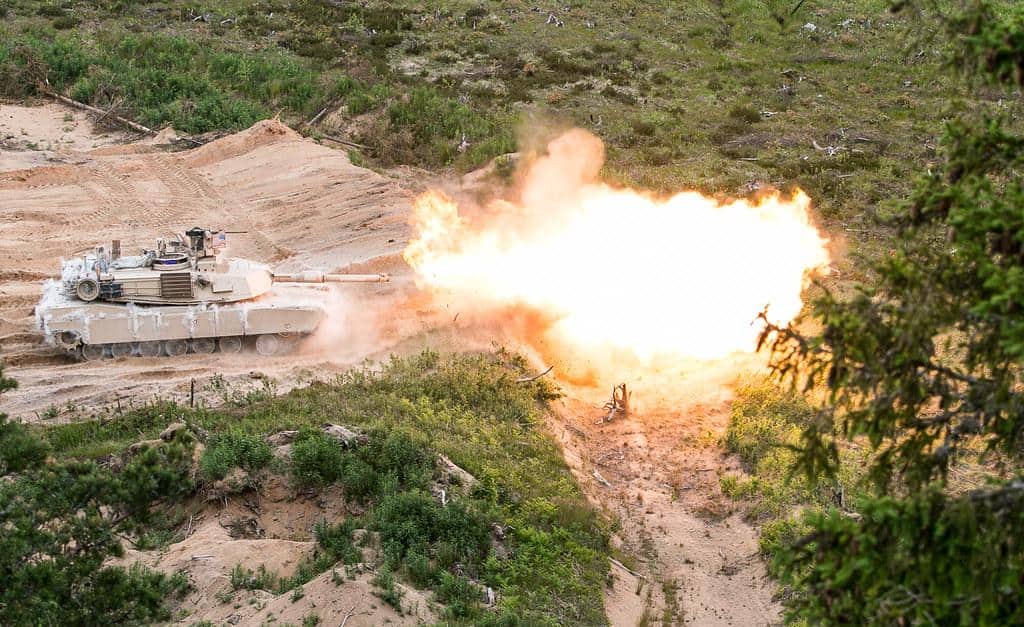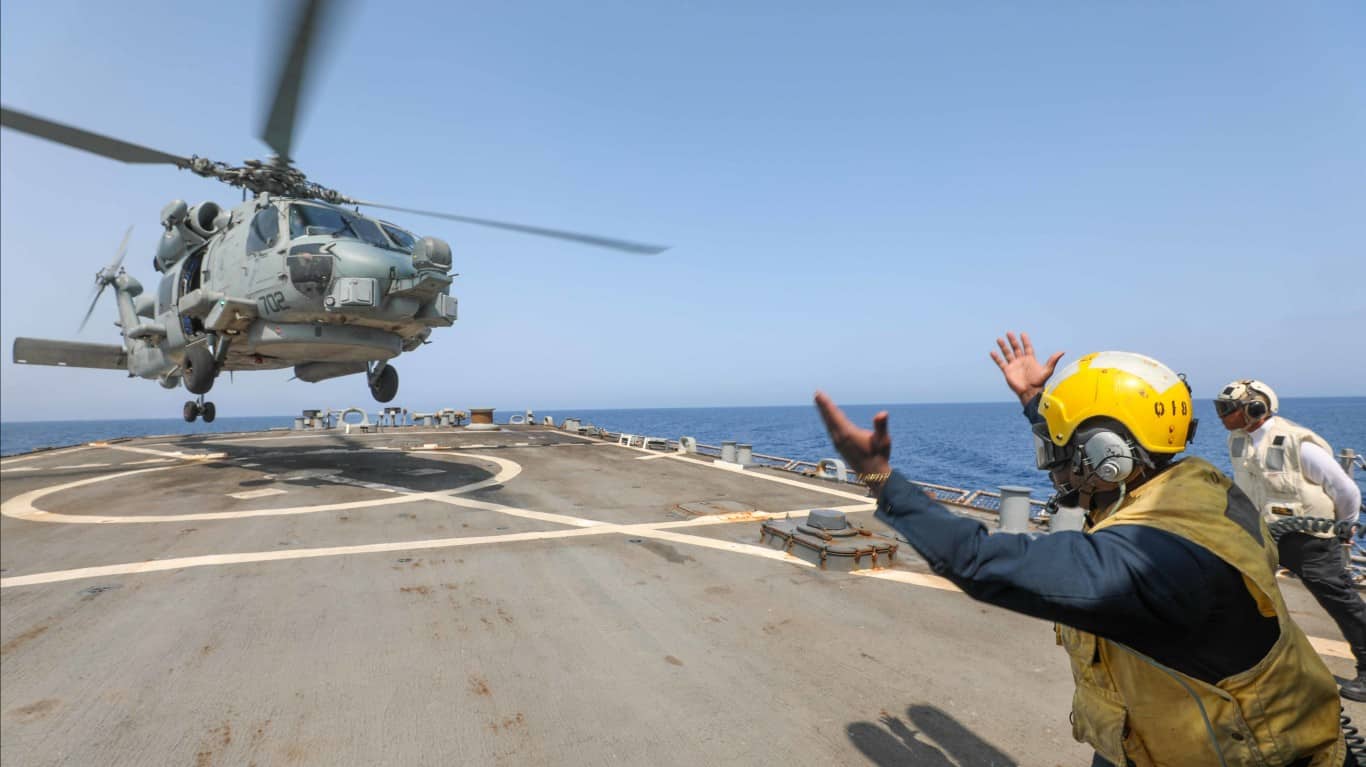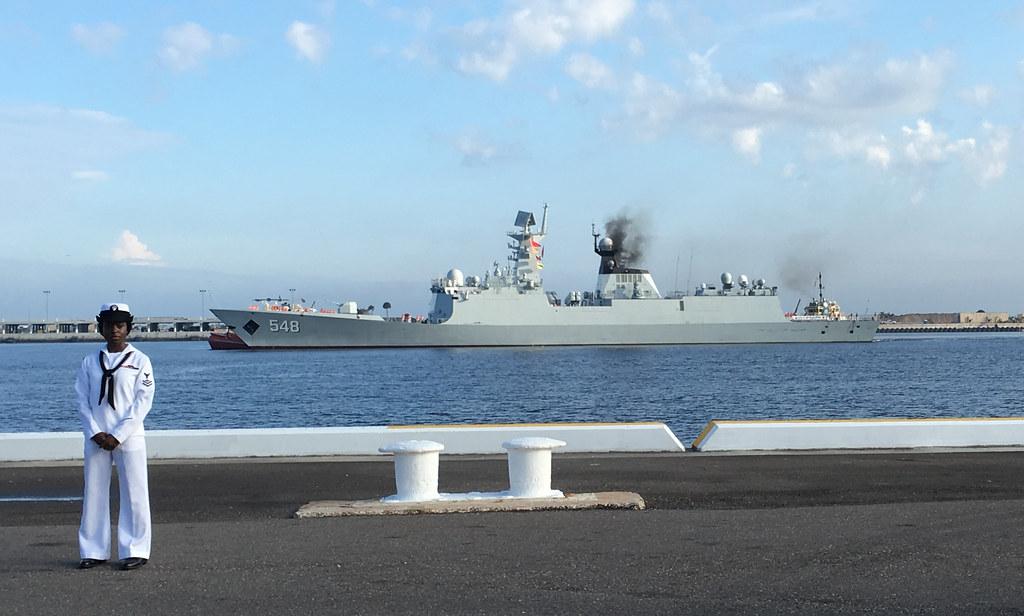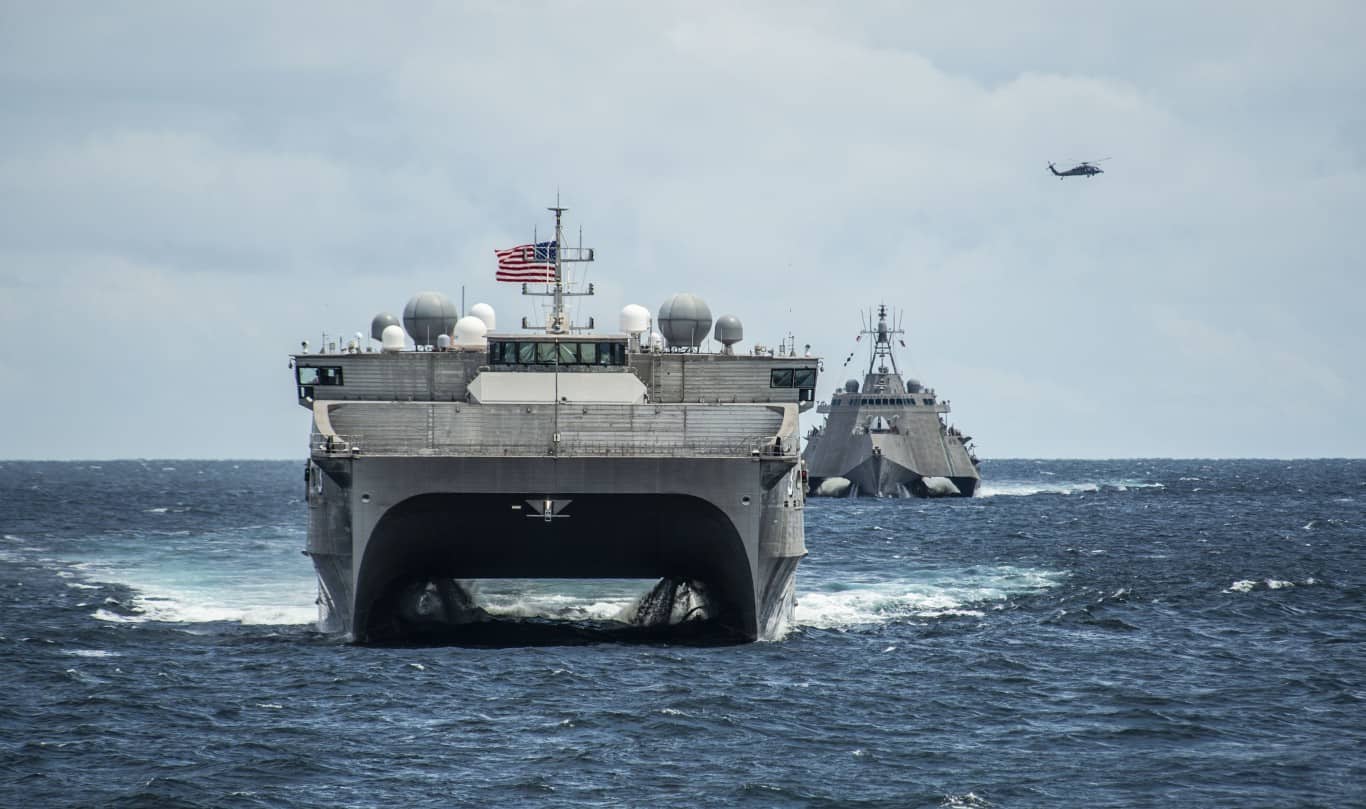
The United States military has not been directly involved in any war since withdrawing from Afghanistan in 2021. Still, the U.S. remains indispensable in several ongoing global conflicts — providing $175 billion in aid to Ukraine since Russia’s launched its full-scale invasion in 2022, and at least $12.5 billion to Israel since the Hamas attack on October 7, 2023. But in an opening statement for the Defense Department’s fiscal 2025 budget request, Defense Secretary Lloyd Austin named only one threat to American national security — and it was not Russia or Hamas — but China.
In his statement, Austin advocated for an $850 billion defense budget in the coming year, in part, by singling out “the challenge posed by an increasingly aggressive People’s Republic of China.” According to officials in the U.S. and allied nations, China is undertaking the most rapid military buildup of any country since World War II. Increasingly aggressive posturing by the Chinese military are also sounding alarm bells in Washington. Between the fall of 2021 and the fall of 2023, there were over 180 documented instances of the Chinese military carrying out “coercive” and “risky” intercepts of American military aircraft, according to the DOD.
While the DOD asserts that war with China is neither inevitable nor desirable, China’s ongoing militarization poses a real — and growing — threat to vital American interests. Though the U.S. remains the world’s preeminent military power, China already has some meaningful advantages in several key areas of military capability.
Using data from Global Firepower’s 2024 report on international military capabilities, 24/7 Wall St. reviewed how China’s military strength compares to America’s. We reviewed the estimated assets — both military and non-military — that could impact the outcome of a war between the two countries. The assets on this list fall into one of eight categories: manpower, air power, land power, naval power, infrastructure, natural resources, finances, and weapons of mass destruction. Nuclear stockpile estimates are from the Federation of Atomic Scientists. All other estimates are as reported by Global Firepower.
Home to over 1.4 billion people — nearly 1.1 billion more than the United States — China is the second most populous country in the world. Not surprisingly, many of the advantages China would have in a war with the U.S. are related to manpower. China has over 2 million active-duty troops, compared to 1.3 million service men and women in the United States. Additionally, nearly 20 million Chinese citizens reach military age every year, compared to only 4.4 million Americans. (Here is a look at the U.S. states with the most military personnel.)
Still, many military advantages the U.S. has over China would be critical for projecting power in East Asia. For example, the United States has more assets than China in every category of air power detailed on this list. Additionally, with a greater number of destroyer vessels, aircraft carriers, and submarines, the U.S. Navy is also stronger than that of China by many measures. (Here is a look at each of the most powerful militaries in the world.)
It is important to note that existing military assets alone do not determine the outcome of any military conflict. Should war break out between the U.S. and China, other countries would likely be drawn into the conflict, and both sides would likely ramp up military spending and put their respective industrial capacity behind the war effort.
Why It Matters

Despite ongoing conflicts in which Russia and Hamas are actively attacking American interests, recent statements from Defense Department officials suggest that China poses the greatest threat to national security. War between China and the United States — two of the world’s largest military powers — would be devastating, and preparing for such an eventuality is a top priority for the DOD. While the American military is currently estimated to be stronger than the Chinese military, China’s rapid militarization may swing the power dynamic in the coming years and decades.
Manpower: Total population

- United States’ estimated capacity: 339.7 million people
- China’s estimated capacity: 1.4 billion people
- Advantage: China (+1.1 million or billion people)
Manpower: Labor force
- United States’ estimated capacity: 164.8 million people
- China’s estimated capacity: 791.4 million people
- Advantage: China (+626.6 million people)
Manpower: Fit-for-service

- United States’ estimated capacity: 124.0 million people
- China’s estimated capacity: 626.0 million people
- Advantage: China (+502.0 million people)
Manpower: Reaching military age annually

- United States’ estimated capacity: 4.4 million people
- China’s estimated capacity: 19.8 million people
- Advantage: China (+15.4 million people)
Manpower: Paramilitary forces
- United States’ estimated capacity: – 0 troops
- China’s estimated capacity: 625,000 troops
- Advantage: China (+625,000 troops)
Manpower: Reserve personnel
- United States’ estimated capacity: 799,500 reservists
- China’s estimated capacity: 510,000 reservists
- Advantage: United States (+289,500 reservists)
Manpower: Active personnel

- United States’ estimated capacity: 1.3 million troops
- China’s estimated capacity: 2.0 million troops
- Advantage: China (+707,000 troops)
Manpower: Total military personnel
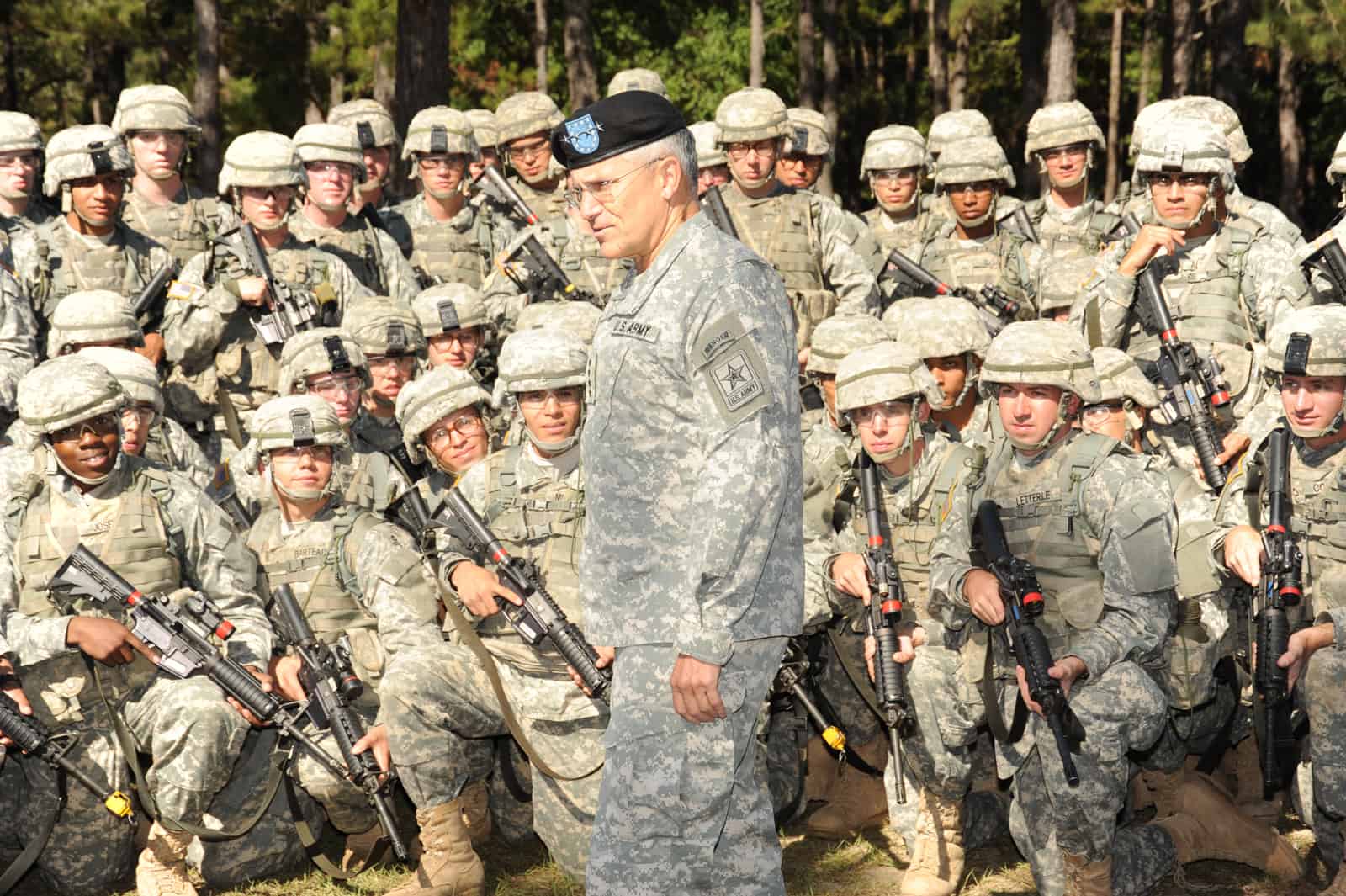
- United States’ estimated capacity: 2.1 million people
- China’s estimated capacity: 3.2 million people
- Advantage: China (+1.0 million people)
Air power: Dedicated attack aircraft
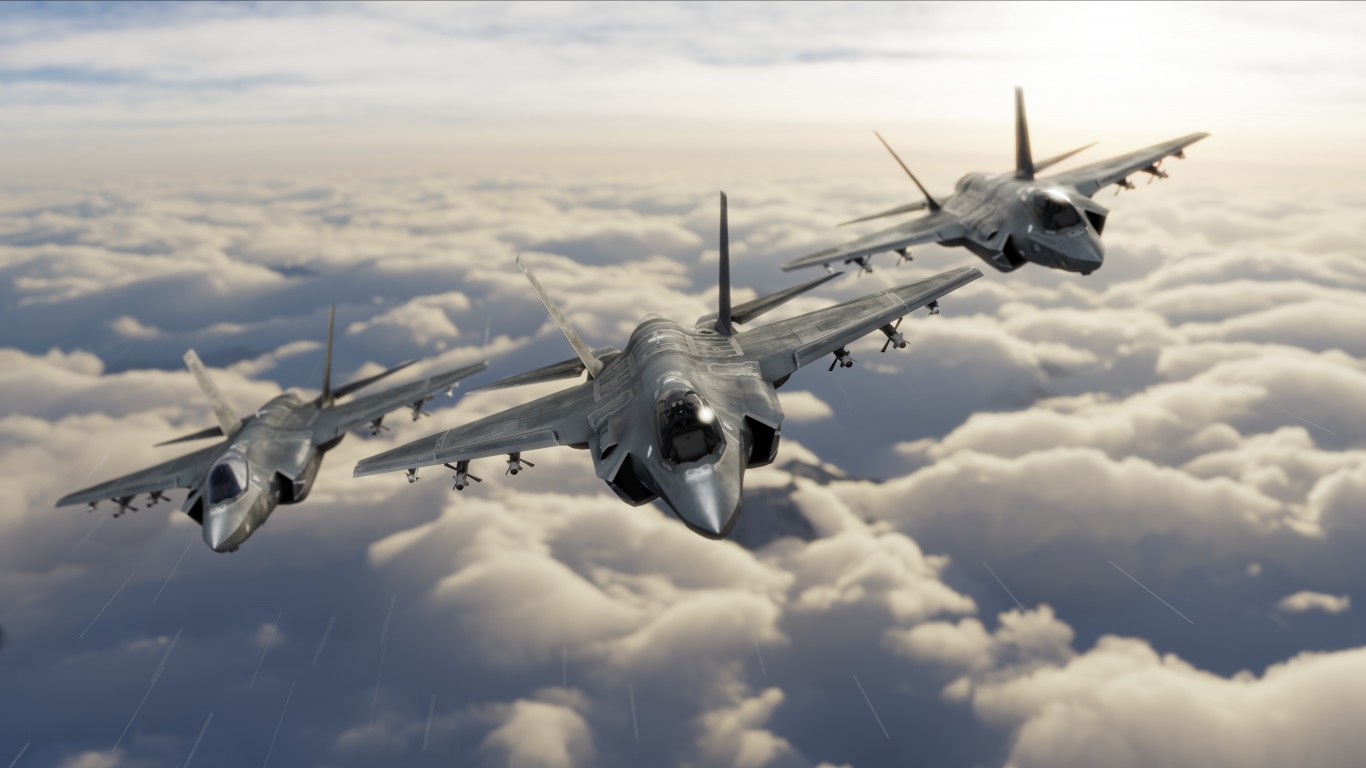
- United States’ estimated capacity: 896 aircraft
- China’s estimated capacity: 371 aircraft
- Advantage: United States (+525 aircraft)
Air power: Special-mission aircraft
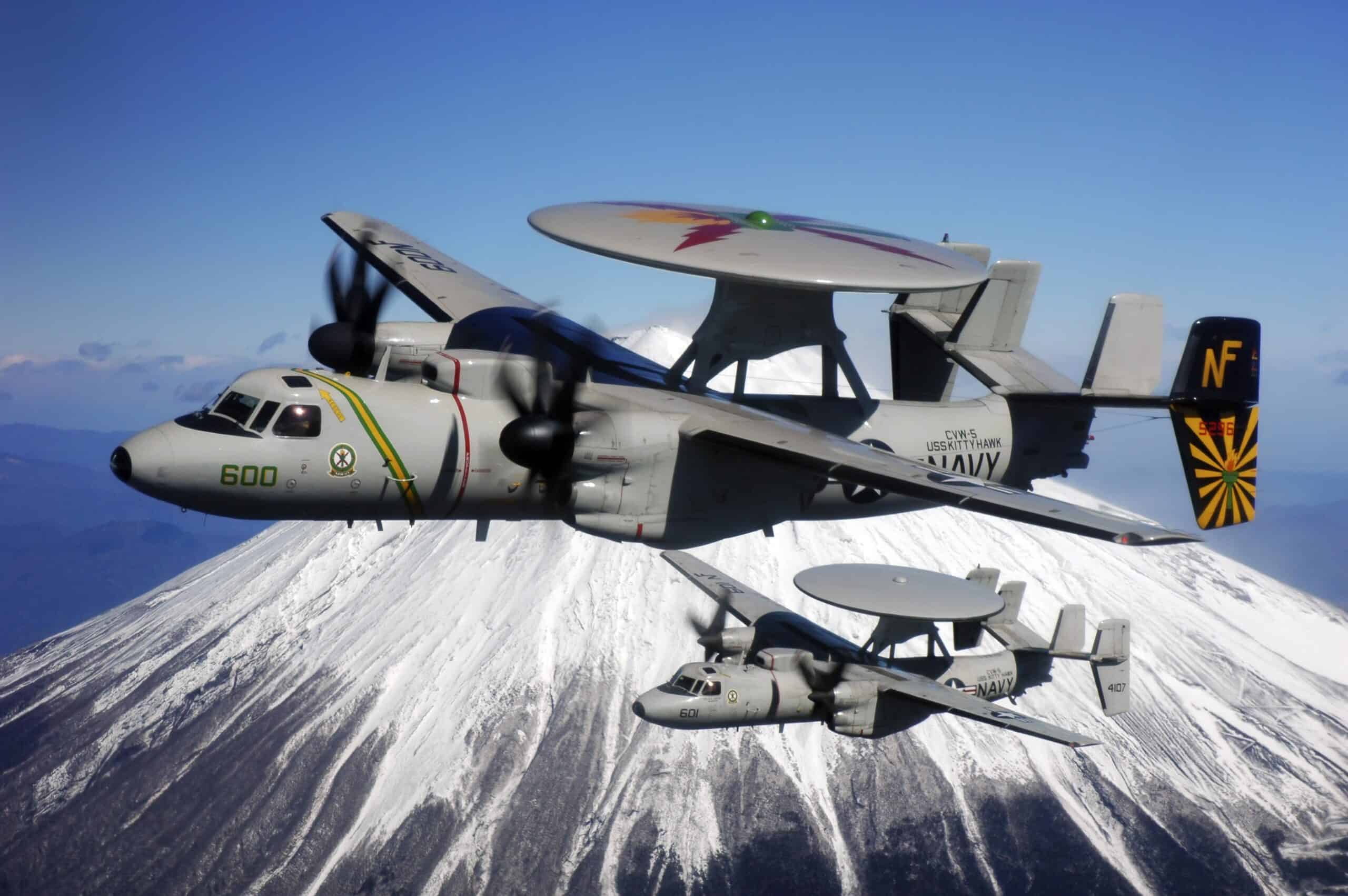
- United States’ estimated capacity: 695 aircraft
- China’s estimated capacity: 112 aircraft
- Advantage: United States (+583 aircraft)
Air power: Aerial tankers
- United States’ estimated capacity: 606 aircraft
- China’s estimated capacity: 10 aircraft
- Advantage: United States (+596 aircraft)
Air power: Fighter aircraft
- United States’ estimated capacity: 1,854 aircraft
- China’s estimated capacity: 1,207 aircraft
- Advantage: United States (+647 aircraft)
Air power: Transport aircraft
- United States’ estimated capacity: 957 aircraft
- China’s estimated capacity: 289 aircraft
- Advantage: United States (+668 aircraft)
Air power: Attack helicopters
- United States’ estimated capacity: 1,000 aircraft
- China’s estimated capacity: 281 aircraft
- Advantage: United States (+719 aircraft)
Air power: Trainer aircraft
- United States’ estimated capacity: 2,648 aircraft
- China’s estimated capacity: 402 aircraft
- Advantage: United States (+2,246 aircraft)
Air power: Helicopters
- United States’ estimated capacity: 5,737 aircraft
- China’s estimated capacity: 913 aircraft
- Advantage: United States (+4,824 aircraft)
Air power: Total aircraft

- United States’ estimated capacity: 13,209 aircraft
- China’s estimated capacity: 3,304 aircraft
- Advantage: United States (+9,905 aircraft)
Air power: Air Force personnel
- United States’ estimated capacity: 701,319 troops
- China’s estimated capacity: 400,000 troops
- Advantage: United States (+301,319 troops)
Land power: Towed artillery

- United States’ estimated capacity: 1,267 pieces
- China’s estimated capacity: 1,434 pieces
- Advantage: China (+167 pieces)
Land power: Tanks
- United States’ estimated capacity: 4,657 vehicles
- China’s estimated capacity: 5,000 vehicles
- Advantage: China (+343 vehicles)
Land power: Self-propelled artillery
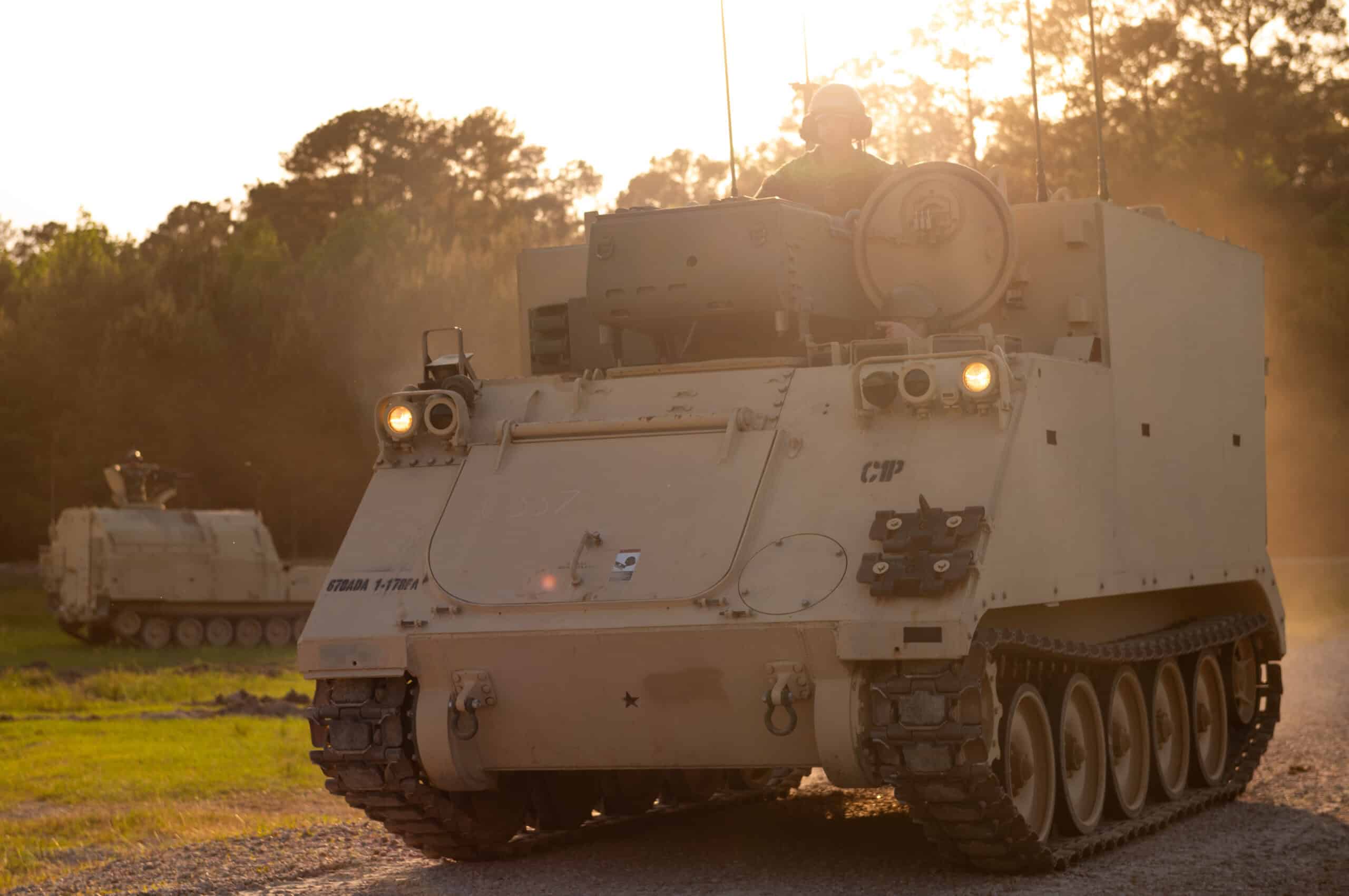
- United States’ estimated capacity: 1,595 pieces
- China’s estimated capacity: 3,850 pieces
- Advantage: China (+2,255 pieces)
Land power: Mobile rocket projectors

- United States’ estimated capacity: 694 pieces
- China’s estimated capacity: 3,180 pieces
- Advantage: China (+2,486 pieces)
Land power: Armored vehicles
- United States’ estimated capacity: 360,069 vehicles
- China’s estimated capacity: 174,300 vehicles
- Advantage: United States (+185,769 vehicles)
Land power: Army personnel
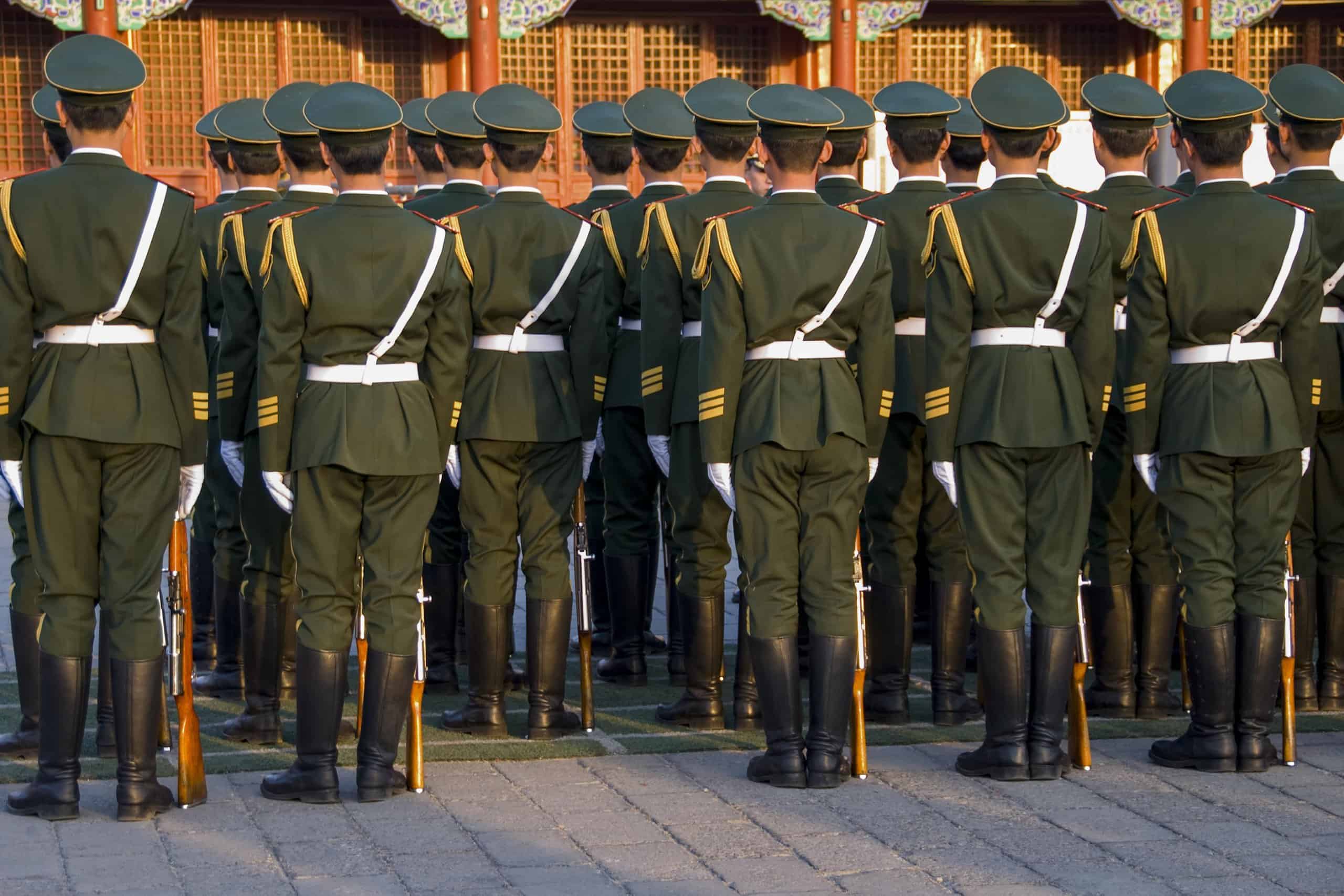
- United States’ estimated capacity: 1.4 million troops
- China’s estimated capacity: 2.5 million troops
- Advantage: China (+1.1 million troops)
Naval power: Destroyers
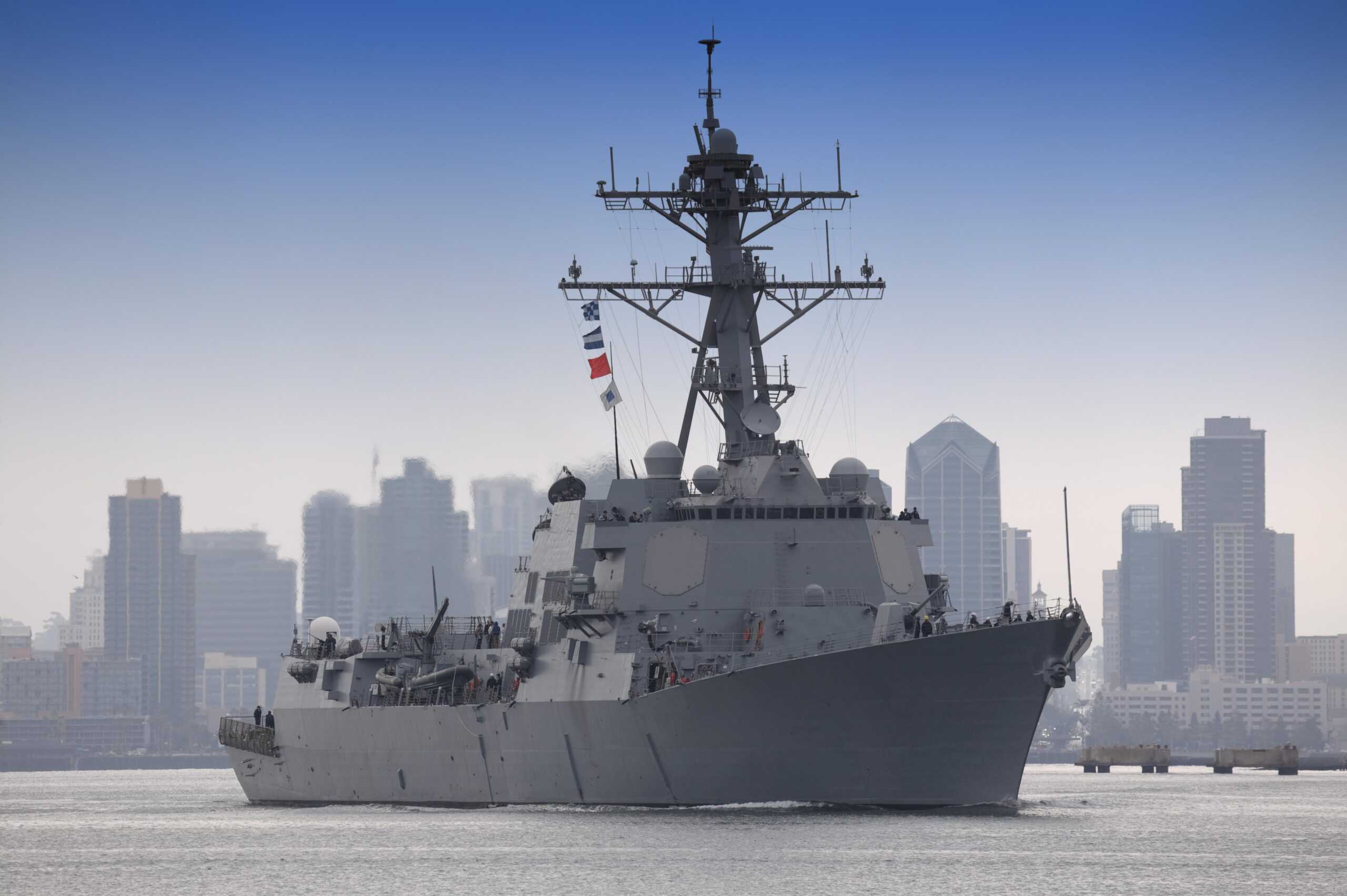
- United States’ estimated capacity: 75 hulls
- China’s estimated capacity: 49 hulls
- Advantage: United States (+26 hulls)
Naval power: Aircraft carriers
- United States’ estimated capacity: 11 hulls
- China’s estimated capacity: 2 hulls
- Advantage: United States (+9 hulls)
Naval power: Helicopter carriers
- United States’ estimated capacity: 9 hulls
- China’s estimated capacity: 3 hulls
- Advantage: United States (+6 hulls)
Naval power: Submarines

- United States’ estimated capacity: 64 hulls
- China’s estimated capacity: 61 hulls
- Advantage: United States (+3 hulls)
Naval power: Mine warfare vessels
- United States’ estimated capacity: 8 hulls
- China’s estimated capacity: 36 hulls
- Advantage: China (+28 hulls)
Naval power: Frigates
- United States’ estimated capacity: 0 hulls
- China’s estimated capacity: 42 hulls
- Advantage: China (+42 hulls)
Naval power: Corvettes
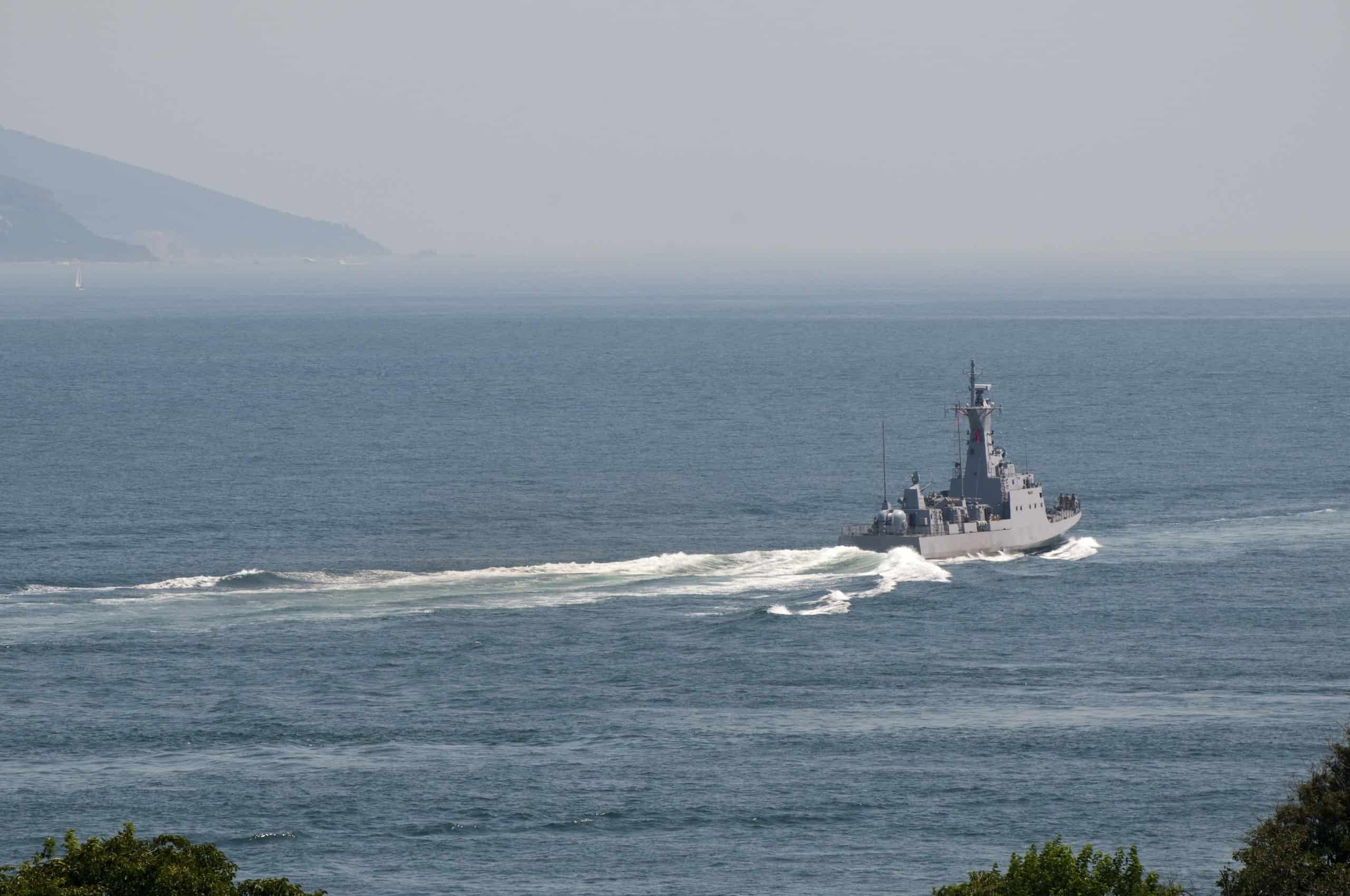
- United States’ estimated capacity: 23 hulls
- China’s estimated capacity: 72 hulls
- Advantage: China (+49 hulls)
Naval power: Patrol vessels
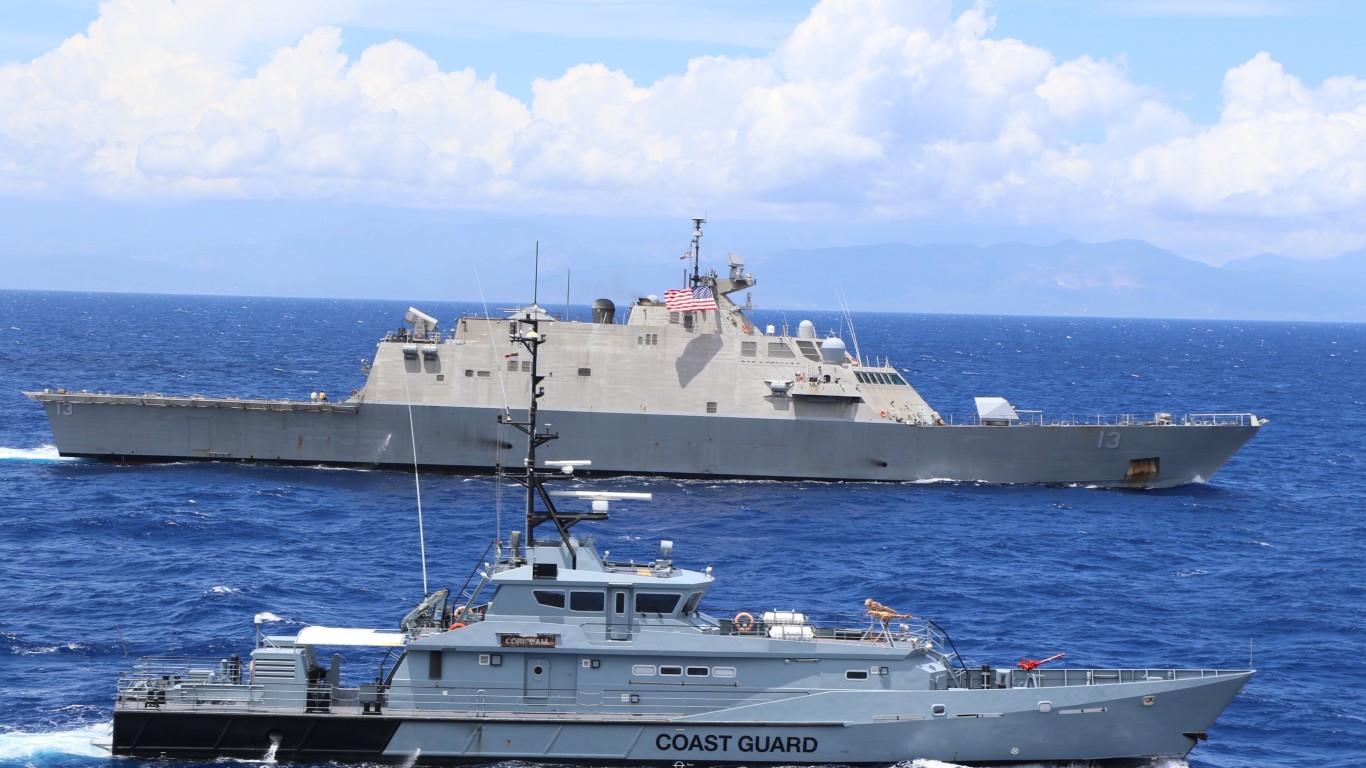
- United States’ estimated capacity: 5 hulls
- China’s estimated capacity: 150 hulls
- Advantage: China (+145 hulls)
Naval power: Fleet strength
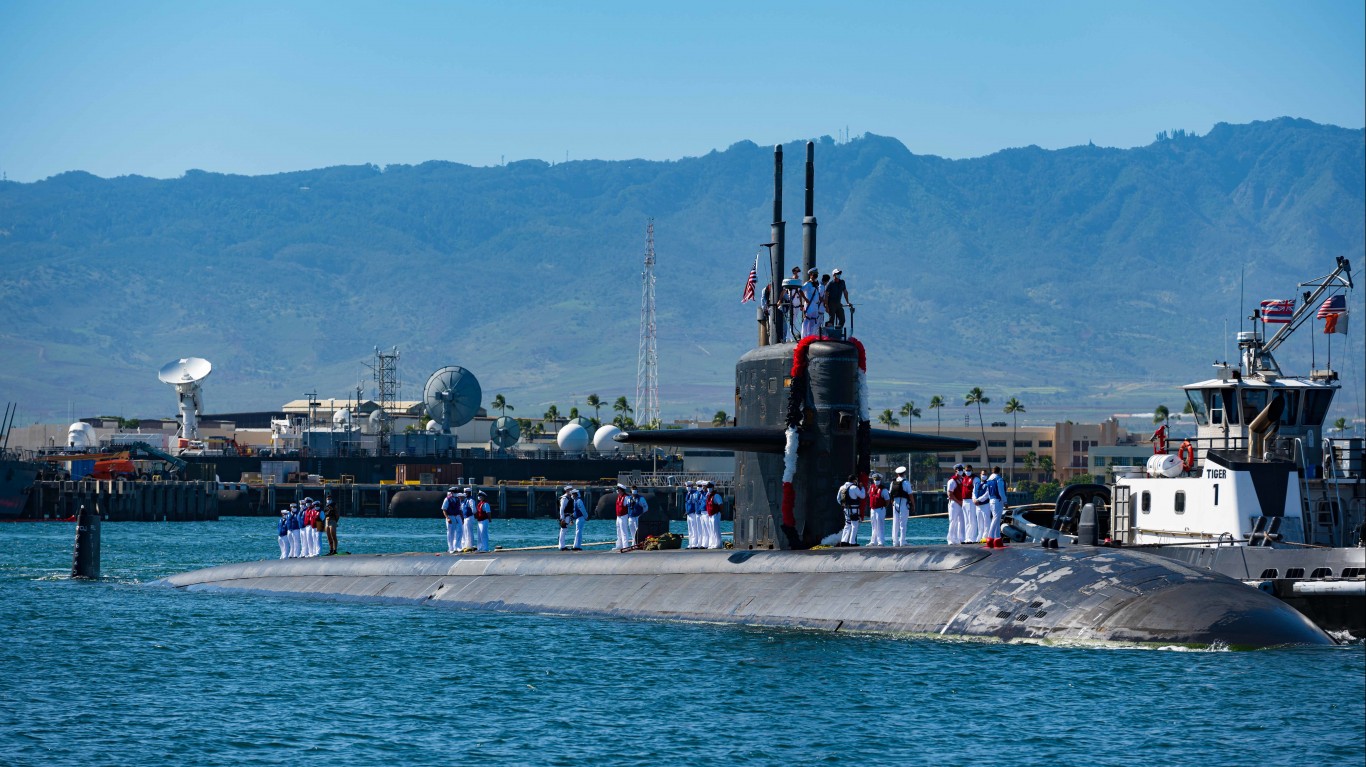
- United States’ estimated capacity: 472 hulls
- China’s estimated capacity: 730 hulls
- Advantage: China (+258 hulls)
Naval power: Navy personnel
- United States’ estimated capacity: 667,108 troops
- China’s estimated capacity: 380,000 troops
- Advantage: United States (+287,108 troops)
Natural resources: Oil production

- United States’ estimated capacity: 18.0 million barrels per day
- China’s estimated capacity: 4.7 million barrels per day
- Advantage: United States (+13.3 million barrels per day)
Natural resources: Proven oil reserves

- United States’ estimated capacity: 50.0 billion barrels
- China’s estimated capacity: 26.0 billion barrels
- Advantage: United States (+24.0 billion barrels)
Infrastructure: Airports
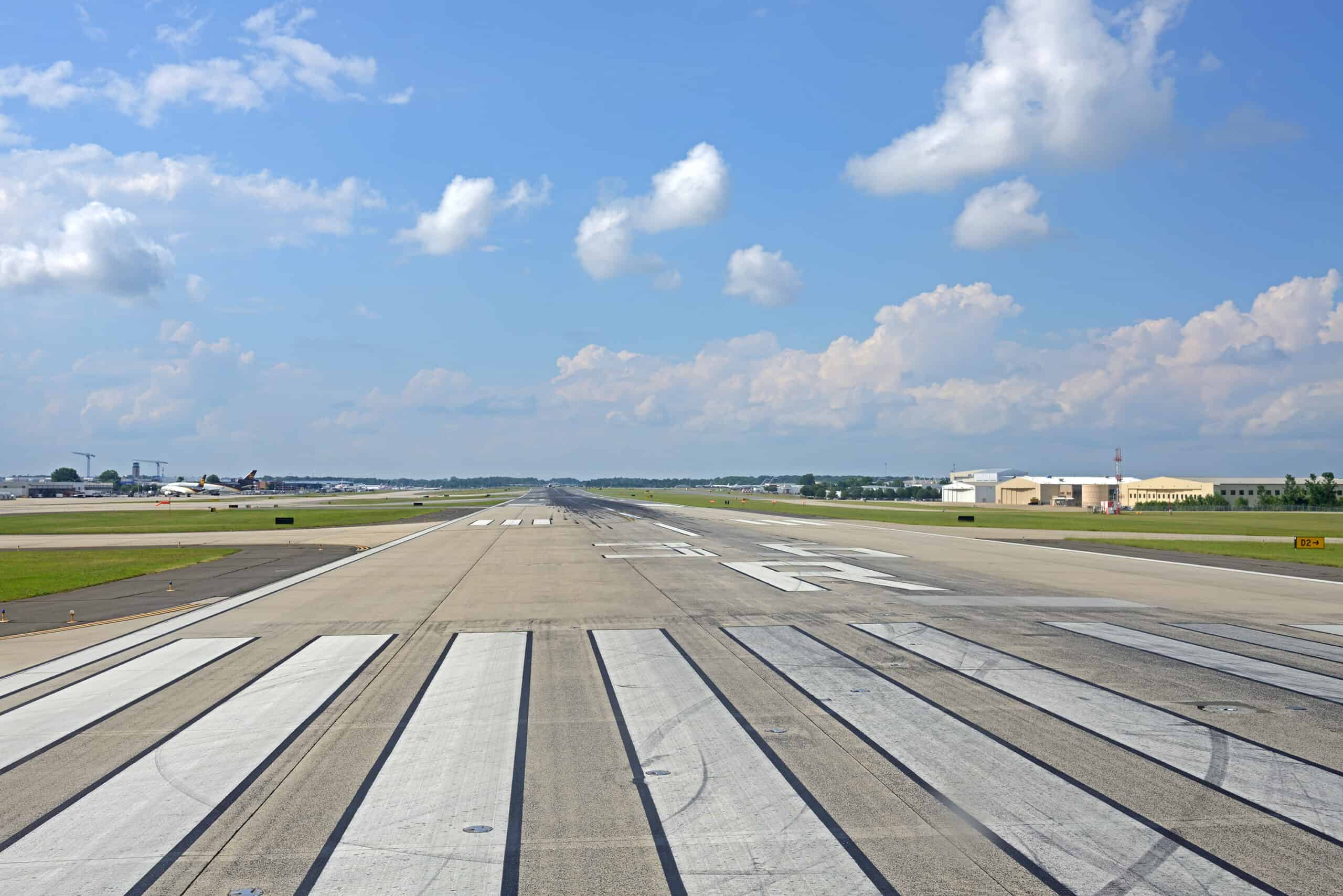
- United States’ estimated capacity: 13,513 airports
- China’s estimated capacity: 507 airports
- Advantage: United States (+13,006 airports)
Infrastructure: Ports and terminals
- United States’ estimated capacity: 35 ports and terminals
- China’s estimated capacity: 22 ports and terminals
- Advantage: United States (+13 ports and terminals)
Financials: Defense budget
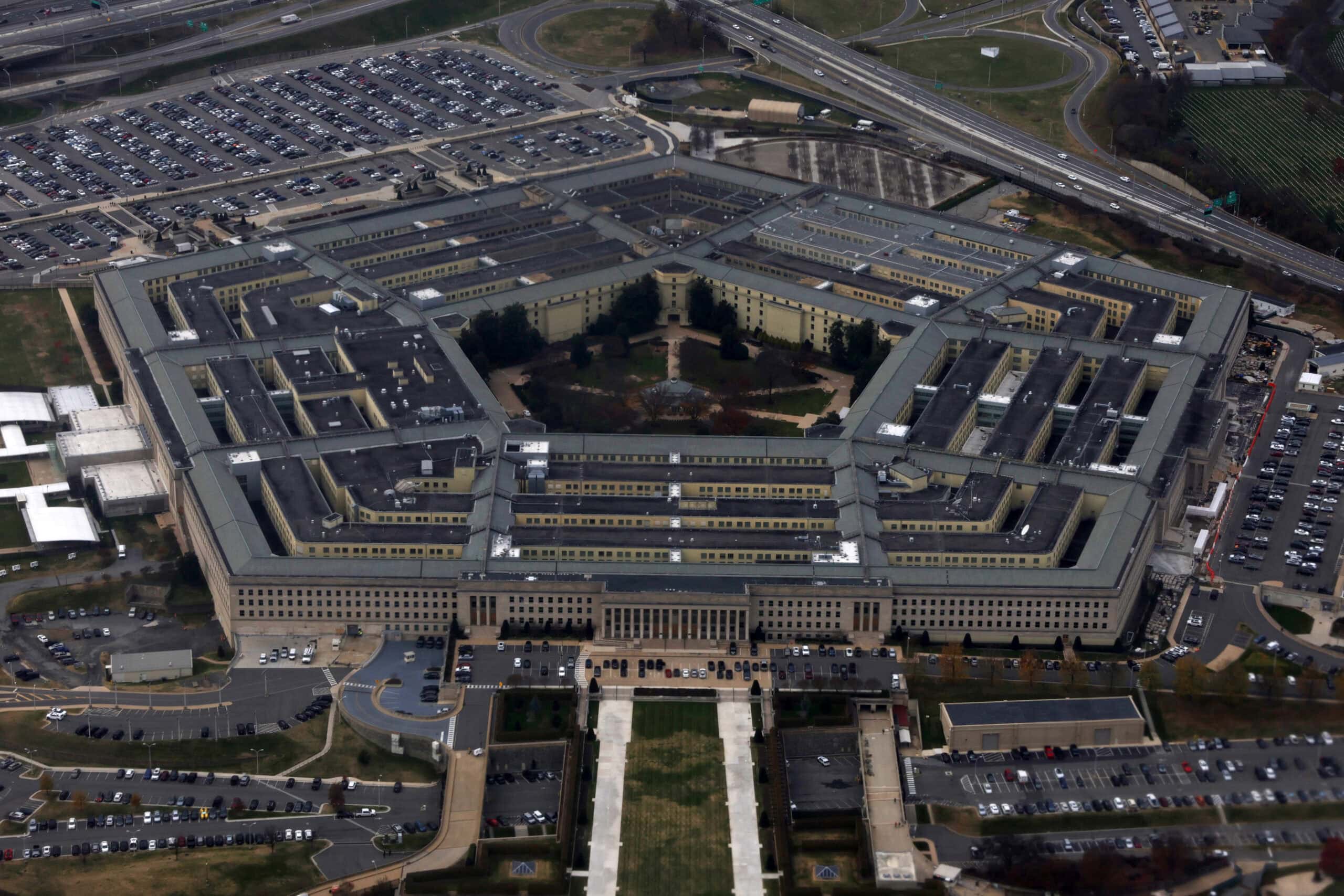
- United States’ estimated capacity: $831.8 billion
- China’s estimated capacity: $227.0 billion
- Advantage: United States (+$604.8 billion)
Weapons of mass destruction: Nuclear weapons

- United States’ estimated capacity: 5,044 warheads
- China’s estimated capacity: 500 warheads
- Advantage: United States (+4,544 warheads)
Take This Retirement Quiz To Get Matched With An Advisor Now (Sponsored)
Are you ready for retirement? Planning for retirement can be overwhelming, that’s why it could be a good idea to speak to a fiduciary financial advisor about your goals today.
Start by taking this retirement quiz right here from SmartAsset that will match you with up to 3 financial advisors that serve your area and beyond in 5 minutes. Smart Asset is now matching over 50,000 people a month.
Click here now to get started.
Thank you for reading! Have some feedback for us?
Contact the 24/7 Wall St. editorial team.

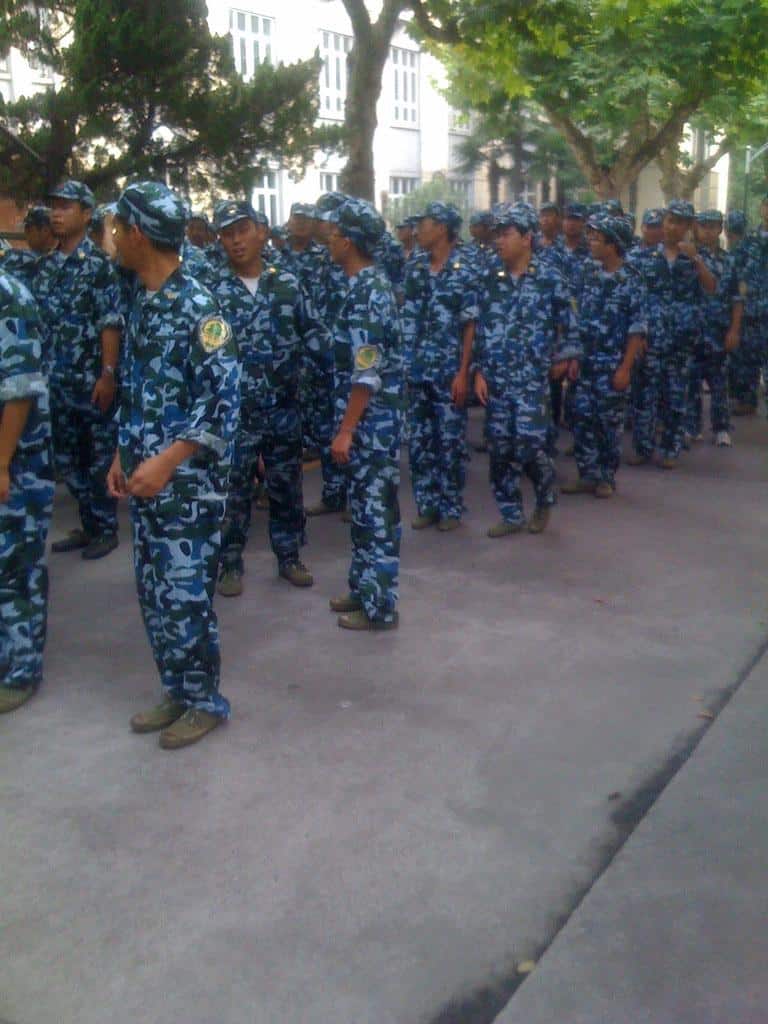
![2013 US Army Reserve Best Warrior Competiton: 10km Ruck March [Image 10 of 30] by DVIDSHUB 2013 US Army Reserve Best Warrior Competiton: 10km Ruck March [Image 10 of 30] by DVIDSHUB](https://a673b.bigscoots-temp.com/wp-content/uploads/2024/07/imageForEntry7-WO2.jpg)
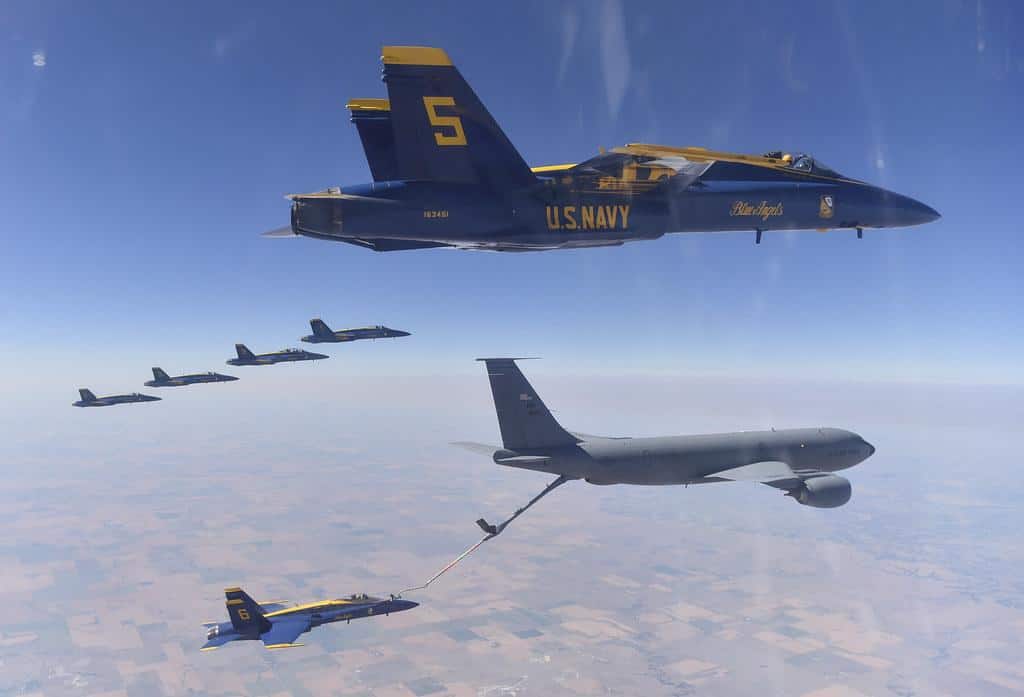
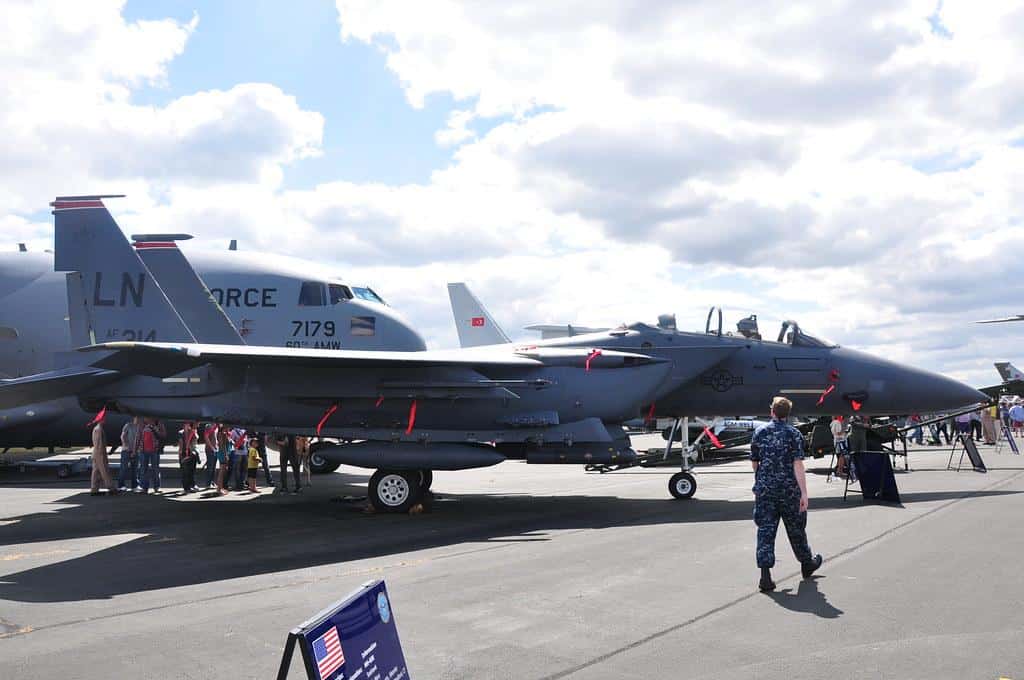


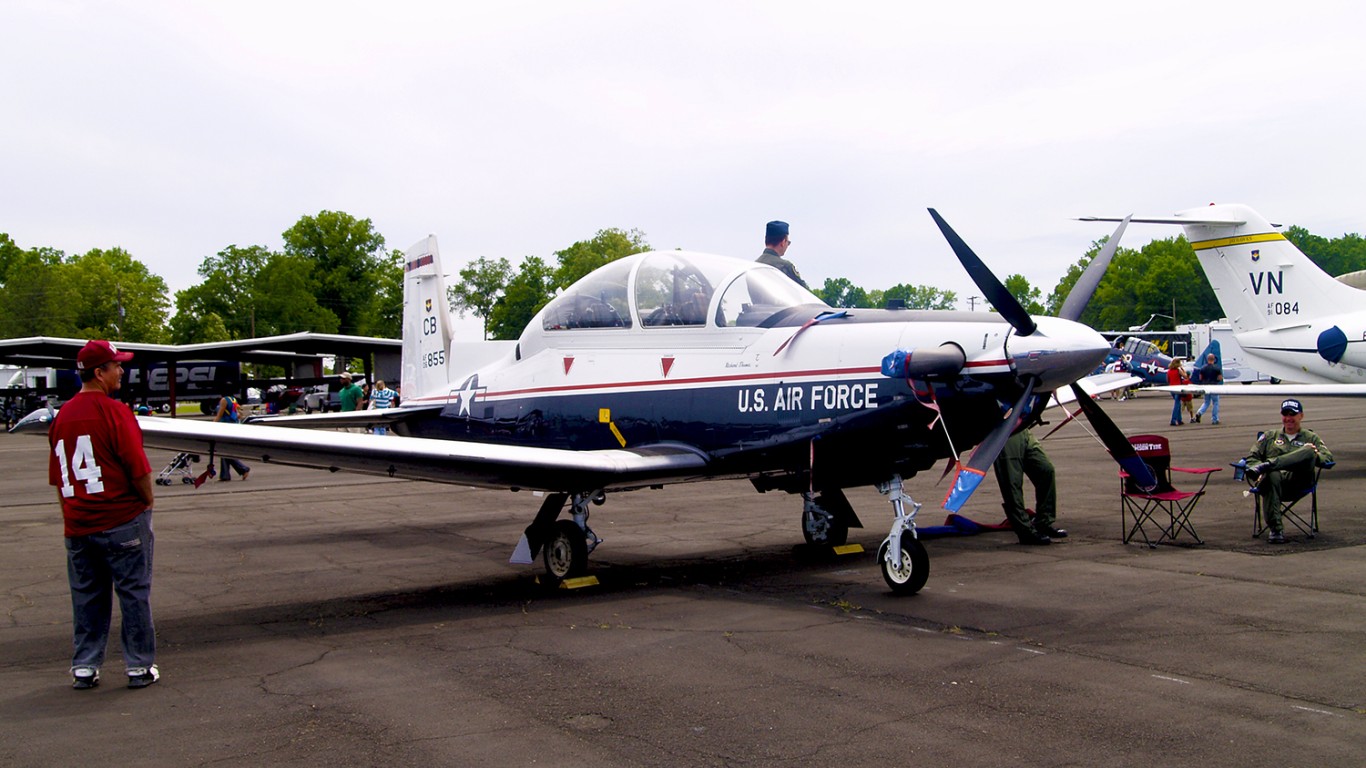

![US Air Force Weapons School [Image 20 of 24] by DVIDSHUB US Air Force Weapons School [Image 20 of 24] by DVIDSHUB](https://a673b.bigscoots-temp.com/wp-content/uploads/2024/07/imageForEntry19-zKi.jpg)
